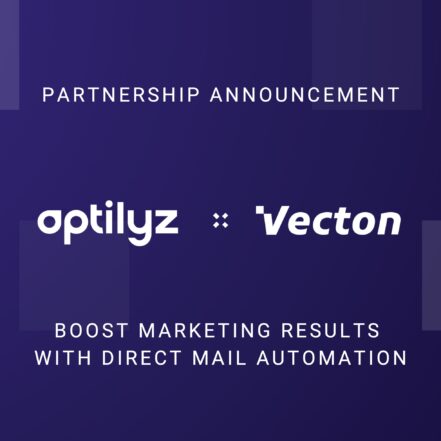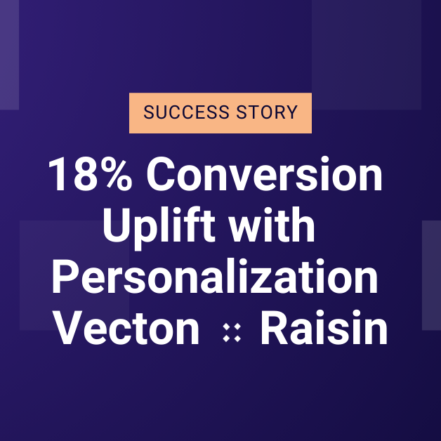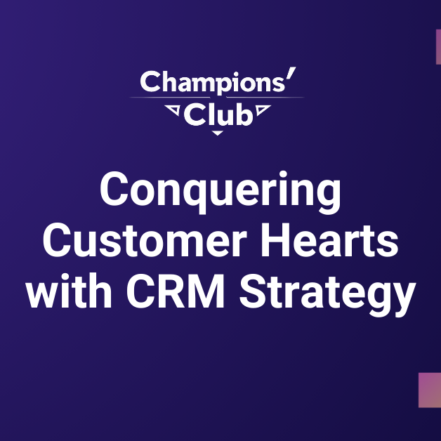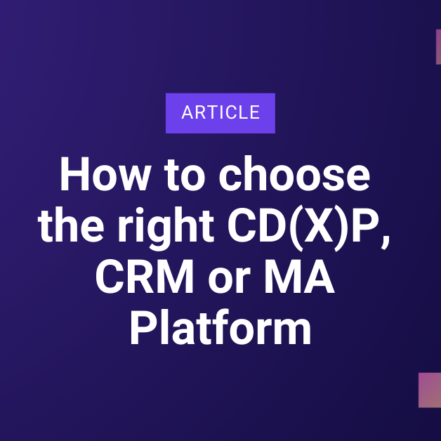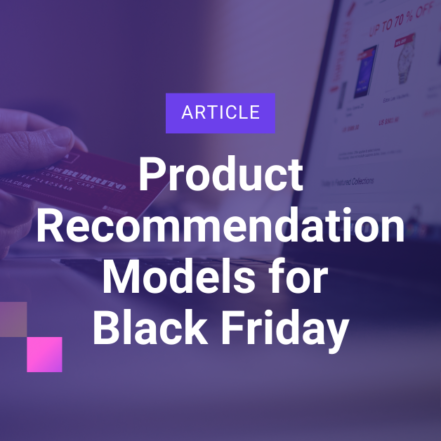According to recent data, over 42.7% of internet users worldwide use various browser plugins that block both ads and many other external scripts. Should users of Marketing Automation/Customer Data Platform systems be concerned? Unfortunately, yes, because many plugins that enable platform functionality are identified as tracking scripts. And these are default blocked by many ad blockers. How can you check if your implemented Marketing Automation tool is being blocked? How did we tackle the issue with our client? I’ll answer these questions using the case study of Wojas company.
Table of Contents:
- How to check if your platform is blocked?
- When a Marketing Automation or Customer Data Platform is listed in filters. Wojas case study
- Other methods for AdBlock-type plugins
How to check if your platform is blocked?
AdBlock-type plugins are tools that monitor where requests are sent from and to when a user is browsing a particular website. If a request is sent to an address listed as an advertiser or other advertising and marketing services, referred to as a filter list, the request is blocked. On the other hand, if the request is not directed to an address on the filter list, the plugin does not interfere with what is being sent or received. We have a situation similar to when a sender tries to deliver a package to a recipient, but because the recipient is in a country where shipping is prohibited, the package ultimately remains undelivered.
Script 2 is blocked in this case, and the requests do not reach the target domain. How can you easily check if the issue with blocking plugins also affects your Marketing Automation platform or CDP? Just install a browser plugin like Ghostery, which shows the external scripts running on the website. If the script allowing your platform to function is listed there, it will most likely be blocked. Consequently, your Marketing Automation platform will not be able to gather information about user behavior and preferences, resulting in the loss of content personalization for that particular user. However, does this mean that you have to accept the loss of information about users with active AdBlock? Not necessarily.
When a Marketing Automation or Customer Data Platform is listed in filters. Wojas case study Wojas S.A. is one of the largest Polish manufacturers of footwear and leather goods, with a network of nearly 160 stores in Poland, Slovakia, Czech Republic, and Belarus. The company’s online stores offering women’s, men’s, and children’s products throughout Europe are an important part of its business. To ensure high-quality omni-channel experiences for Wojas customers, the brand uses the Bloomreach platform (formerly Exponea). It enables them to manage automated and personalized communication across all online and offline channels, enhancing the customer experience at every touchpoint with the brand.
Challenge
Improving the quality of Wojas online stores by increasing the percentage of recommendations for customers:
- Automatically matching the Wojas website to individual user preferences and personalizing the offer.
- Fully utilizing the Single Customer View potential in the Bloomreach Marketing Automation platform.
Implemented Solution
For Wojas, we solved the problem by utilizing custom domain tracking.
In simple terms, this means that the script monitoring user activity does not send requests directly to the Marketing Automation or Customer Data Platform address but to a subdomain within the Wojas domain, which then redirects the request to the platform address.
We can compare this to an example where a package is not directly sent to the recipient but first directed to a place where it is repackaged, given a new sender label, and then sent to the destination. As the address verification occurs between the shipment location and the repackaging location, no one interferes with the package delivery, and it is correctly sent to the final recipient.
The custom domain tracking solution can be illustrated as follows:
Since the script is not directed to the domain that would be filtered, but to another subdomain, the request is sent to the intended destination after redirection.
This may seem complicated, but in practice, it involves making technical changes on the company’s side and configuring the domain from which the requests will come to the platform. It is a process that can be done before, during, or after integration with the platform.
For Wojas, the entire custom domain tracking configuration took less than a week and immediately resolved both the issue of missing content display on the website and user preference measurement.
Results
By utilizing Marketing Automation mechanisms, almost every user sees a page tailored to their individual preferences, making it easier and faster for them to find products that meet their needs.
However, for this mechanism to work, it was necessary to solve the problem related to the blocking of the script used by the CDP platform.
“Since 2020, we have changed our approach to communication with our customers. Due to the wide spectrum of WOJAS brand customers, we want to customize our website and promotion of individual product groups to their preferences as much as possible. The first step for us was to divide the website into sections: men’s, women’s, and children’s, which involved running three independent homepages in parallel. Together with Vecton, we implemented a series of recommendation engines. Thanks to them, we offer individually tailored products to customers, and the customer experience on our website is similar to what customers value in our brick-and-mortar stores. Today, these engines are so tightly integrated into the visual layer of the website that it is necessary for the recommendations to be visible not in 40% but in 100%. We would not have achieved this without transitioning to first-party cookies, which we accomplished with the support of Vecton. The website is often the first point of contact between our customers and the product, so we strive to ensure the visual experience is of the highest quality.”
Michał Wojas
Utilizing custom-domain tracking is just one way to deal with the problem of blocking tools. Depending on the platform you use and the stage of integration you are at, there may be other methods available. If you want to learn more about the relationship between platforms and AdBlock-type plugins or find a way to unblock your platform and unleash its full potential, let’s talk.

